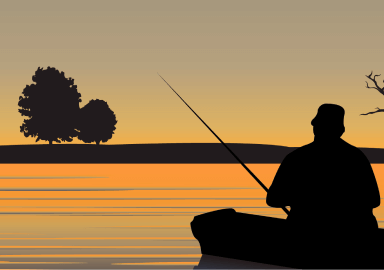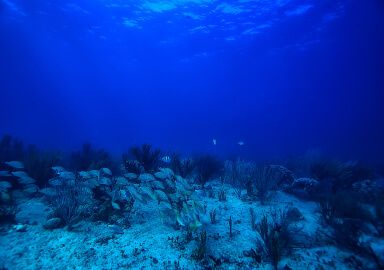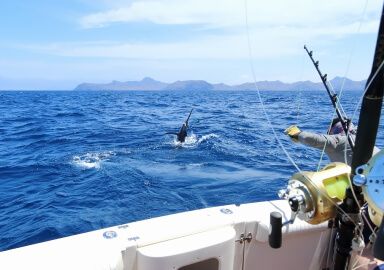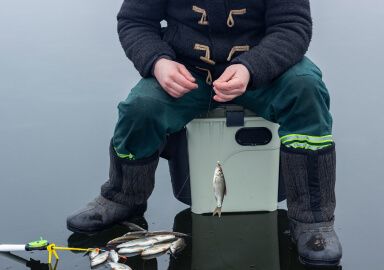Conger Eel
The biggest eels on this planet, conger eels enjoy significant attention from sports anglers in North-Western Europe.
View 3 listings
3
listings
–
price starting from
2
countries
–
to the nearest trip
Where and When?
European congers are distributed in the eastern Atlantic Ocean from Norway and Iceland southwards into the Mediterranean and Black Seas. Their American cousins are found from Canadian waters past Nova Scotia, round past Florida and into the Gulf of Mexico. They live in rocky areas and reefs and particularly favour wrecks. Smaller specimens are found close inshore and, as they grow, they usually head for deeper waters, normally up to about 500 m (1 640 ft.) but have been found down to 1 170 m. (3 840 ft.). Conger eels tend to feed throughout the year, and so bite well in any months, but most are strongly nocturnal hunters.
About Conger Eel
Conger eels have typical eel-shaped (anguillid) long bodies with large, conical heads. They have big eyes and lower jaws that protrude slightly beyond the upper. There are two obvious nares and large gill openings. Their teeth are strong, conical and arranged in rows and most are dark grey to black on top but almost white below. There are 15 members in the genus Conger, but the two most important are probably the European conger eel (Conger conger) and the American conger eel (Conger oceanicus). Conger eels are the biggest extant eels. The record European conger was 3 m. (9 ft. 10 in.) in length with a mass of 72 kg. (159 lbs.) while its American cousin reaches 2 m. (6 ft. 6 in.) with a mass of 40 kg. (88 lbs).
Both species have similar habits and life-styles and they are all nocturnal predators on fish, cephalopods and crustaceans. They mature at 5-15 years old, lose most teeth and then migrate great distances to spawn, the European ones to the Mediterranean Sea and the Americans to the Sargasso Sea. Like many salmon, they do not feed during this migration and both species die after spawning once. The larvae drift in ocean currents, then metamorphose to “elvers”, at about 10 cm (4 in.), and then head to inshore waters.
How to Catch?
Few people fish for the American species, but the European conger eel is the focus of considerable attention, especially in the UK. Decent-sized conger can be caught from the shore from steep rocky areas adjacent to deep water. The tackle is usually a medium to strong spinning rod, a good quality reel and strong nylon or braid. Natural bait is best and fish, such as mackerel or pollack or squid are commonly used. The bait is cast, without a weight, to slowly sink and drift around the rocks and weeds.
Shore fishing is usually carried out after dark, but boat fishing can be done in daylight, as it’s always dark down below. The boat should be brought to just up-current of a good reef or wreck and anchored or allowed to drift along the edge of the wreck or reef. Natural baits, alive or dead, can be cast towards the structure or bounced gently above the bottom when drifting. Suitable weights are necessary to get the baits down to the fish. Single or double circle hooks work well.
Congers are not particularly good fighters but, after the bite, need to be firmly held to prevent them escaping into cover and fouling the line. Congers must be released in UK waters as eel numbers are declining almost universally.




